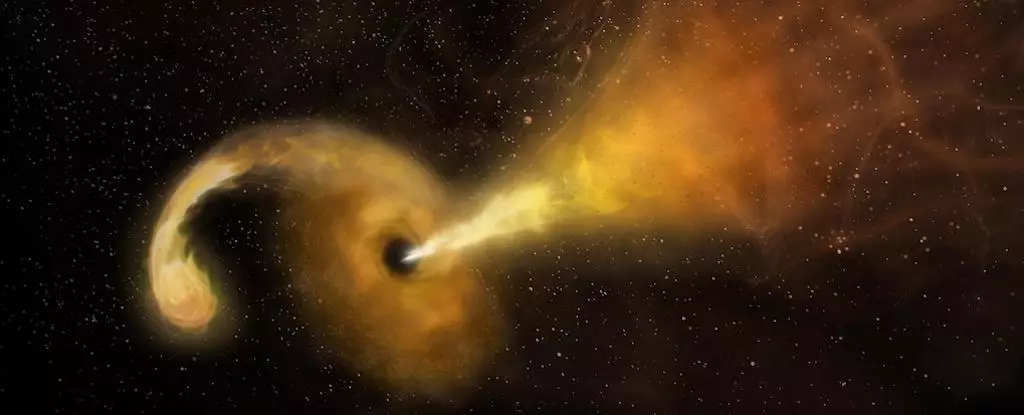In an astonishing turn of events, the discovery of a unique cosmic explosion has presented a significant puzzle for astronomers. Dubbed EP240408a, this event was first unveiled by the Einstein Probe, an advanced X-ray space telescope, on April 8, 2024. Initial observations classified it as a gamma-ray burst, a well-known type of astronomical phenomenon characterized by intense bursts of gamma radiation. However, upon further investigation with a multitude of telescopes, it became evident that EP240408a defies conventional categorization, suggesting the possibility of a wholly unprecedented cosmic occurrence.
This discovery highlights the complexities and continued evolution of our understanding of the universe. The myriad of telescopes used in the observation included some of the most respected names in astronomical research, like the Nuclear Spectroscopic Telescope Array (NuSTAR) and the Very Large Array (VLA), which spanned multiple wavelengths from X-rays and ultraviolet to radio waves. The extensive data from these observations has led scientists, including lead researcher Brendan O’Connor from Carnegie Mellon University, to hypothesize that this explosion could represent the final moments of a white dwarf star being disrupted by a medium-sized black hole.
The characteristics of EP240408a further complicate its classification. For the first ten seconds, the phenomenon exploded with a flood of soft X-rays, maintaining a steady glow for approximately four days before rapidly fading. This temporal arc is profoundly intriguing; gamma-ray bursts typically last only a few hours, while other transient events don’t display this sustained intensity. The brightness observed falls into a disconcerting category where it is too bright for certain events yet lacks the luminosity expected from others.
Astrophysicists rely heavily on specific markers—duration, frequency, and a unique combination of emitted wavelengths—to identify cosmic phenomena. In the case of EP240408a, the lack of radio emission from VLA observations taken 11, 158, and 258 days post-event stands out as particularly unusual. O’Connor notes that under normal circumstances, an event this luminous in X-rays would correlate with a strong radio signal. The absence of this expected response could indicate that EP240408a represents a departure from established explanations for such celestial occurrences.
After discarding alternate theories, such as those involving quasars or fast blue optical transients, astronomers proposed the leading explanation: the event is likely linked to a tidal disruption event (TDE). A TDE occurs when a black hole engulfs a star, resulting in a release of energy characterized by flares of light. While it’s common for TDEs to produce powerful jets directed outward from the black hole’s poles, the fact that no radio emissions were detected presents a new layer of complexity.
One speculative notion posits that the observations occurred too early in the event’s lifecycle. Past research suggests that it can take years for the material ejected from a black hole to decelerate sufficiently to generate detectable radio signals. Future observation efforts may play a crucial role in confirming whether EP240408a belongs to a new category of transient events or simply suggests that cosmic phenomena are more puzzling than previously imagined.
EP240408a serves as a case study in the ongoing exploration of our universe’s vast complexities. With the rapid advancements in technology and observational capabilities, such discoveries challenge entrenched astronomical paradigms. The divergence from expected patterns raises questions about the mechanics behind jets, star formation, and black hole behavior, highlighting the intricate and often perplexing interplay between luminous events in the cosmos.
As scientists continue to probe into the vestiges of EP240408a, they remain aware that the universe is teeming with ephemeral events that can reshape our understanding of astrophysics. This event may not only feed into existing frameworks of knowledge surrounding black holes and stellar evolution but could also lay the groundwork for identifying new forms of astronomical phenomena yet to be classified.
While EP240408a remains an enigma, it embodies the spirit of discovery and the relentless quest for knowledge that drives scientists to uncover the truths hidden within the cosmos. As we look to the future, the fate of EP240408a will undoubtedly contribute to the richness of our understanding concerning the universe’s myriad wonders.


Leave a Reply